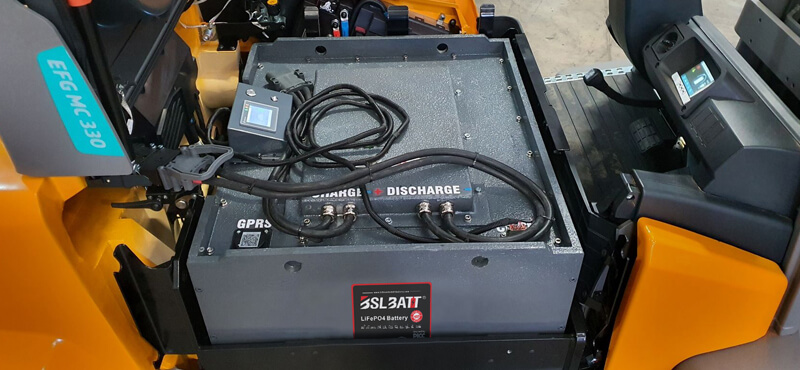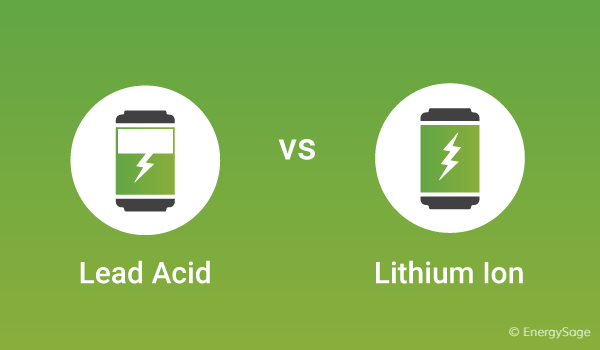Industry Application
Product Type
Lithium Ion Vs Lead Acid Cost Analysis
Lithium-ion vs Lead-Acid cost analysis
Lithium-ion batteries offer faster charging, longer lifespan, and higher power density compared to traditional battery technology, resulting in extended battery life in a lighter and more compact design. Understanding their functioning can greatly enhance their performance for users. We take the example of a solar installation for a standalone building (Self Sufficient Home). The storage capacity for the battery is 50KWh. The application need is summarized in the above table:
The costs of delivery and installation are calculated on a volume ratio of 6:1 for a Lithium system compared to a lead-acid system. This assessment is based on the fact that the lithium-ion has an energy density of 3.5 times Lead-Acid and a discharge rate of 100% compared to 50% for AGM batteries. According to the projected lifespan of the system, the lead-acid battery solution-based needs to be replaced on three separate occasions. On the other hand, the lithium-ion solution-based battery does not require replacement during operation, as it is expected to last for approximately 2000 cycles at 100% depth of discharge (DoD). Understanding the business model requires a grasp of the cost per cycle, which is measured in € / kWh / Cycle. This figure is calculated by adding up the cost of batteries, transportation, and installation (multiplied by the number of times the battery is replaced during its lifetime) and dividing the sum by the net consumption of the system. The net consumption is 50kWh per cycle, with 365 cycles per year and a total lifespan of 5.2 years.The result is summarized in the table below:
We note that despite the higher facial cost of Lithium technology, the cost per stored and supplied kWh remains lower than for Lead-Acid technology. The reason is related to the intrinsic qualities of lithium-ion batteries but also linked to lower transportation costs. This scenario is applicable to all types of applications that necessitate a thorough discharge cycle. This includes electric vehicle traction or autonomous systems, as they meet the same requirements. However, it is important to note that this model cannot be utilized for UPS systems or backup batteries, as the discharge cycles for these systems are inherently random in nature. Lithium is the Lightweight Champ BSLBATT® Lithium-ion battery provides more energy than lead-acid batteries and are typically half the mass, reducing concerns about battery weight. Compared to other battery chemistries, lithium provides the same or greater energy at less than half the weight and size. This means more flexibility and easier installation! What is the best way to store lithium-ion batteries?When it comes to storing a lithium-ion battery for an extended period of time, it is best to keep it with some or all of its charge. This is because lithium-ion batteries have the ability to hold their charge for several months. However, in some cases, a lithium-ion battery may be stored with a low charge for many months, causing its voltage to gradually decrease to a level that triggers its safety mechanism to allow it to charge again. If you need to store a lithium-ion battery for an extended period of time, it is important to keep in mind that the battery’s charge level can affect its overall lifespan. Therefore, it is recommended to store the battery with at least a partial charge to ensure that it remains in good condition. Additionally, it is important to periodically check the battery’s charge level and recharge it if necessary to prevent it from dropping to a level that could damage the battery. By following these guidelines, you can help ensure that your lithium-ion battery remains in good condition and is ready to use when you need it. Didn’t you find the answer you were looking for? Please e-mail us at:[email protected] |














